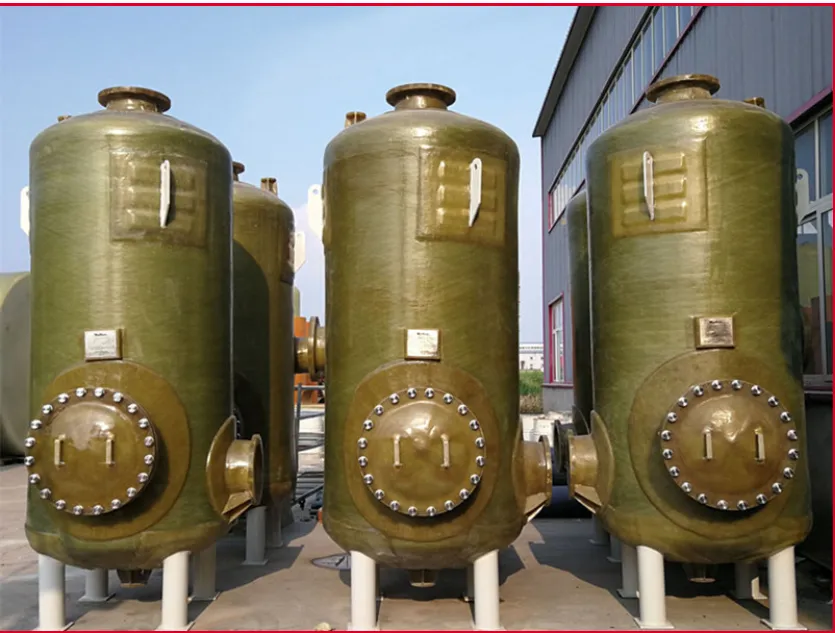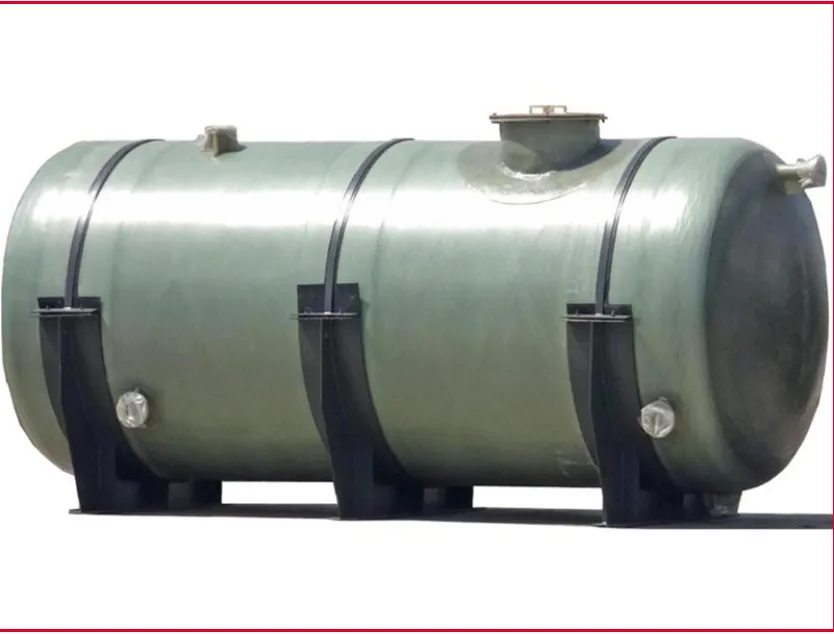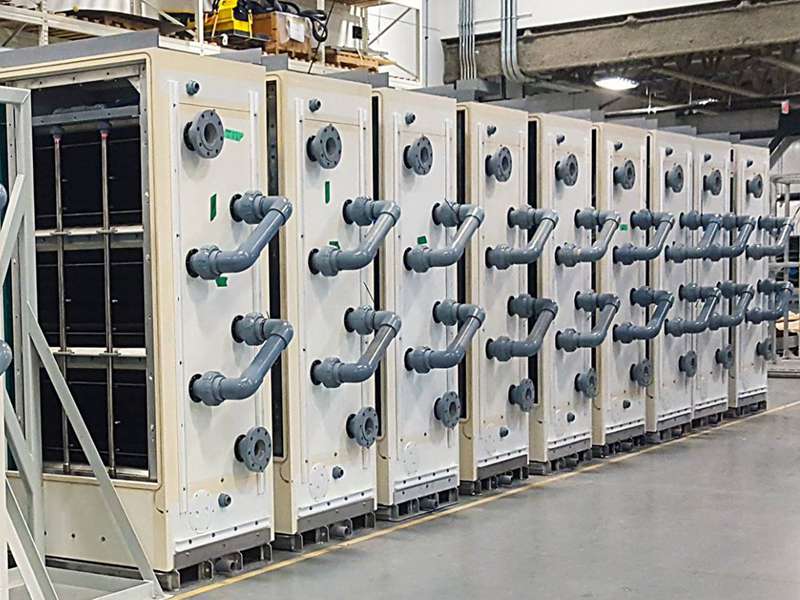
-
 Afrikaans
Afrikaans -
 Albanian
Albanian -
 Amharic
Amharic -
 Arabic
Arabic -
 Armenian
Armenian -
 Azerbaijani
Azerbaijani -
 Basque
Basque -
 Belarusian
Belarusian -
 Bengali
Bengali -
 Bosnian
Bosnian -
 Bulgarian
Bulgarian -
 Catalan
Catalan -
 Cebuano
Cebuano -
 China
China -
 China (Taiwan)
China (Taiwan) -
 Corsican
Corsican -
 Croatian
Croatian -
 Czech
Czech -
 Danish
Danish -
 Dutch
Dutch -
 English
English -
 Esperanto
Esperanto -
 Estonian
Estonian -
 Finnish
Finnish -
 French
French -
 Frisian
Frisian -
 Galician
Galician -
 Georgian
Georgian -
 German
German -
 Greek
Greek -
 Gujarati
Gujarati -
 Haitian Creole
Haitian Creole -
 hausa
hausa -
 hawaiian
hawaiian -
 Hebrew
Hebrew -
 Hindi
Hindi -
 Miao
Miao -
 Hungarian
Hungarian -
 Icelandic
Icelandic -
 igbo
igbo -
 Indonesian
Indonesian -
 irish
irish -
 Italian
Italian -
 Japanese
Japanese -
 Javanese
Javanese -
 Kannada
Kannada -
 kazakh
kazakh -
 Khmer
Khmer -
 Rwandese
Rwandese -
 Korean
Korean -
 Kurdish
Kurdish -
 Kyrgyz
Kyrgyz -
 Lao
Lao -
 Latin
Latin -
 Latvian
Latvian -
 Lithuanian
Lithuanian -
 Luxembourgish
Luxembourgish -
 Macedonian
Macedonian -
 Malgashi
Malgashi -
 Malay
Malay -
 Malayalam
Malayalam -
 Maltese
Maltese -
 Maori
Maori -
 Marathi
Marathi -
 Mongolian
Mongolian -
 Myanmar
Myanmar -
 Nepali
Nepali -
 Norwegian
Norwegian -
 Norwegian
Norwegian -
 Occitan
Occitan -
 Pashto
Pashto -
 Persian
Persian -
 Polish
Polish -
 Portuguese
Portuguese -
 Punjabi
Punjabi -
 Romanian
Romanian -
 Russian
Russian -
 Samoan
Samoan -
 Scottish Gaelic
Scottish Gaelic -
 Serbian
Serbian -
 Sesotho
Sesotho -
 Shona
Shona -
 Sindhi
Sindhi -
 Sinhala
Sinhala -
 Slovak
Slovak -
 Slovenian
Slovenian -
 Somali
Somali -
 Spanish
Spanish -
 Sundanese
Sundanese -
 Swahili
Swahili -
 Swedish
Swedish -
 Tagalog
Tagalog -
 Tajik
Tajik -
 Tamil
Tamil -
 Tatar
Tatar -
 Telugu
Telugu -
 Thai
Thai -
 Turkish
Turkish -
 Turkmen
Turkmen -
 Ukrainian
Ukrainian -
 Urdu
Urdu -
 Uighur
Uighur -
 Uzbek
Uzbek -
 Vietnamese
Vietnamese -
 Welsh
Welsh -
 Bantu
Bantu -
 Yiddish
Yiddish -
 Yoruba
Yoruba -
 Zulu
Zulu
Vessels and Tanks Material Selection Guide
Introduction to Vessels and Tanks Material Selection
The material selection process for industrial Vessels and Tanks represents one of the most critical decisions in storage system design. These containment solutions serve vital functions across multiple industries including chemical processing, water treatment, petroleum refining, and agricultural storage. The choice between traditional materials and advanced composites significantly impacts operational efficiency, maintenance costs, and long-term system reliability.
about Jrain’s fiberglass tanks and vessels:
|
Product Type |
Key Features |
Size & Volume Specifications |
Manufacturing Location |
|
Fiberglass Tanks & Vessels |
- Lightweight |
Shop Size: |
Factory (shop production) |
|
Large Fiberglass Tanks |
- Same core features as standard tanks/vessels |
Large Size: |
Project site (field manufacturing) |

Key Considerations for Vessels and Tanks
- Chemical Compatibility
The selected material must demonstrate complete resistance to all stored substances, including:Acids and alkalis across full pH spectrum,Organic solvents and hydrocarbons,Oxidizing and reducing agents,High purity applications - Structural Requirements
Engineering specifications must account for:Internal pressure ratings,External loading conditions,Seismic considerations,Wind and snow loads,Vacuum conditions - Temperature Performance
Materials must maintain integrity across:,Cryogenic applications (-40°F/-40°C),Elevated temperature service (up to 180°F/82°C),Thermal cycling conditions,Process heating/cooling requirements - Installation Factors
Critical installation considerations include:Aboveground versus underground placement,Space constraints and access limitations,Foundation requirements,Transportation logistics,Local environmental conditions
Advantages of Fiberglass Vessels and Tanks
- Corrosion Resistance
Fiberglass Vessels and Tanks provide:Complete immunity to rust and galvanic corrosion,Superior chemical resistance compared to metals,No requirement for protective coatings,Elimination of cathodic protection systems - Mechanical Properties
Key structural advantages include:High strength-to-weight ratio (lighter than steel),Excellent impact resistance,Dimensional stability under load,Fatigue resistance for cyclic service - Design Flexibility
Customization capabilities encompass:Virtually unlimited shapes and sizes,Diameters up to 25 meters,Custom fittings and attachments,Integrated structural supports,Specialized internal components - Economic Benefits
Lifecycle cost advantages feature:,Lower installation costs (30-50% savings),Minimal maintenance requirements,Extended service life (30+ years),Reduced insurance premiums,Higher residual value

Specialized Features of Fiberglass Fertilizer Tanks
- Chemical Resistance
Fiberglass Fertilizer Tanksare engineered for:Ammonium nitrate storage,Urea solution containment,Phosphoric acid handling,Pesticide and herbicide storage,Fertilizer blends and mixtures - Agricultural Applications
Specialized features include:Non-reactive surfaces prevent contamination,Smooth interiors for complete drainage,Easy-clean surfaces,UV-stabilized exterior surfaces,Farm-ready accessories and fittings - Custom Configurations
Available options comprise:Vertical and horizontal orientations,Tapered bottom designs,Integrated mixing systems,Custom agitation solutions,Specialized discharge configurations
Manufacturing Standards for Vessels and Tanks
- Material Specifications
Premium components include:Vinyl ester and isophthalic resins,ECR glass reinforcements,Carbon veil surfacing,Silicon carbide abrasion liners,FDA-compliant gel coats - Production Techniques
Advanced manufacturing processes:Computer-controlled filament winding,Precision chop-hoop construction,Multi-axis CNC cutting,Robotic spray-up applications,Vacuum infusion molding - Quality Assurance
Rigorous testing protocols:ASME RTP-1 certification,ASTM D3299 compliance,BS EN 13121 standards,Ultrasonic thickness verification,Spark testing for liner integrity - Performance Testing
Comprehensive validation includes:Hydrostatic pressure testing,Chemical resistance verification,Mechanical property testing,Environmental exposure trials,Long-term durability studies
Vessels and Tanks FAQs
-
Q: What are the key factors to consider when choosing vessels and tanks?
A: When choosing vessels and tanks, several factors come into play. First, consider the type of substance to be stored, as different materials are suitable for various chemicals, liquids, or gases. The operating conditions, such as temperature, pressure, and environmental exposure, also significantly impact the selection. Additionally, the size and shape of the vessels and tanksshould match the available space and usage requirements, while durability and cost-effectiveness are essential for long-term operation.
-
Q: How can the safety of vessels and tanks be ensured during operation?
A: Ensuring the safety of vessels and tanksduring operation involves multiple measures. Installing proper safety devices like pressure relief valves, level indicators, and emergency shut-off systems is crucial. Regular maintenance and inspection are necessary to detect and address any potential issues promptly. Operators should also receive comprehensive training on safety protocols and emergency procedures to handle any unexpected situations effectively.
-
Q: What are the differences in installation methods for various vessels and tanks?
A: The installation methods for vessels and tanksvary depending on their type, size, and material. For example, large metal vessels and tanks may require heavy-duty cranes and specialized foundations for proper positioning and stability. Smaller plastic vessels and tanks can often be installed more easily with simpler supports. Additionally, the installation process may need to account for factors such as access for future maintenance and compliance with local building and safety codes.
-
Q: How does the maintenance schedule of vessels and tanks affect their lifespan?
A: The maintenance schedule has a significant impact on the lifespan of vessels and tanks. Regular maintenance, including cleaning, inspection for corrosion or damage, and replacement of worn-out parts, helps prevent small issues from escalating into major problems. A well-planned maintenance schedule can extend the operational life of vessels and tanks, ensuring they remain efficient and safe over time. Neglecting maintenance can lead to premature failure, increased repair costs, and potential safety hazards.
-
Q: What are the emerging trends in the design of vessels and tanks?
A: In the design of vessels and tanks, emerging trends focus on enhancing efficiency, safety, and sustainability. There is a growing demand for more energy-efficient designs, such as better insulation to reduce heat loss or gain. Advanced monitoring systems are being integrated to provide real-time data on the condition and performance of the vessels and tanks. Additionally, there is an increasing emphasis on using eco-friendly materials and designs that are easier to recycle or dispose of at the end of their lifecycle.
Contact Our Experts Today,Discover how our Fiberglass Vessels and Tanks can optimize your operations. Visit our website for complete product specifications or contact our engineering team for a personalized consultation. Let us demonstrate why leading companies worldwide trust our solutions for their most critical storage requirements. Our experts are ready to help you select the perfect storage solution for your specific application needs and operational challenges www.jrain-frp.com .
Latest news
-
Drill Rod Connections Understanding the Basics and Its Global SignificanceNewsNov.24,2025
-
Rectangular Tank Made of Fiberglass Material – Durable, Cost-Effective Liquid Storage SolutionsNewsNov.24,2025
-
Hollow Drill Rods for Efficient Drilling Operations in the Field | Durable, Lightweight & CustomNewsNov.23,2025
-
Powerful yt27 Rock Drill for Tough Mining Surfaces | Durable & PortableNewsNov.23,2025
-
Why the Reversible Drill Bit Is a Versatile Tool for All Your Drilling NeedsNewsNov.22,2025
-
Fiberglass Food Grade Equipment: Key Features, Benefits & Global ImpactNewsNov.22,2025









